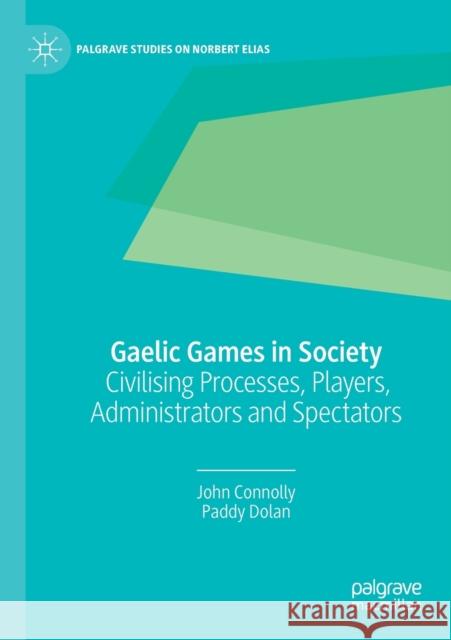Gaelic Games in Society: Civilising Processes, Players, Administrators and Spectators » książka
topmenu
Gaelic Games in Society: Civilising Processes, Players, Administrators and Spectators
ISBN-13: 9783030317010 / Angielski / Miękka / 2021 / 213 str.
Gaelic Games in Society: Civilising Processes, Players, Administrators and Spectators
ISBN-13: 9783030317010 / Angielski / Miękka / 2021 / 213 str.
cena 327,68 zł
(netto: 312,08 VAT: 5%)
Najniższa cena z 30 dni: 325,42 zł
(netto: 312,08 VAT: 5%)
Najniższa cena z 30 dni: 325,42 zł
Termin realizacji zamówienia:
ok. 20 dni roboczych.
ok. 20 dni roboczych.
Darmowa dostawa!
Kategorie:
Kategorie BISAC:
Wydawca:
Palgrave MacMillan
Seria wydawnicza:
Język:
Angielski
ISBN-13:
9783030317010
Rok wydania:
2021
Wydanie:
2020
Numer serii:
000954553
Ilość stron:
213
Waga:
0.28 kg
Wymiary:
21.01 x 14.81 x 1.24
Oprawa:
Miękka
Wolumenów:
01
Dodatkowe informacje:
Wydanie ilustrowane











